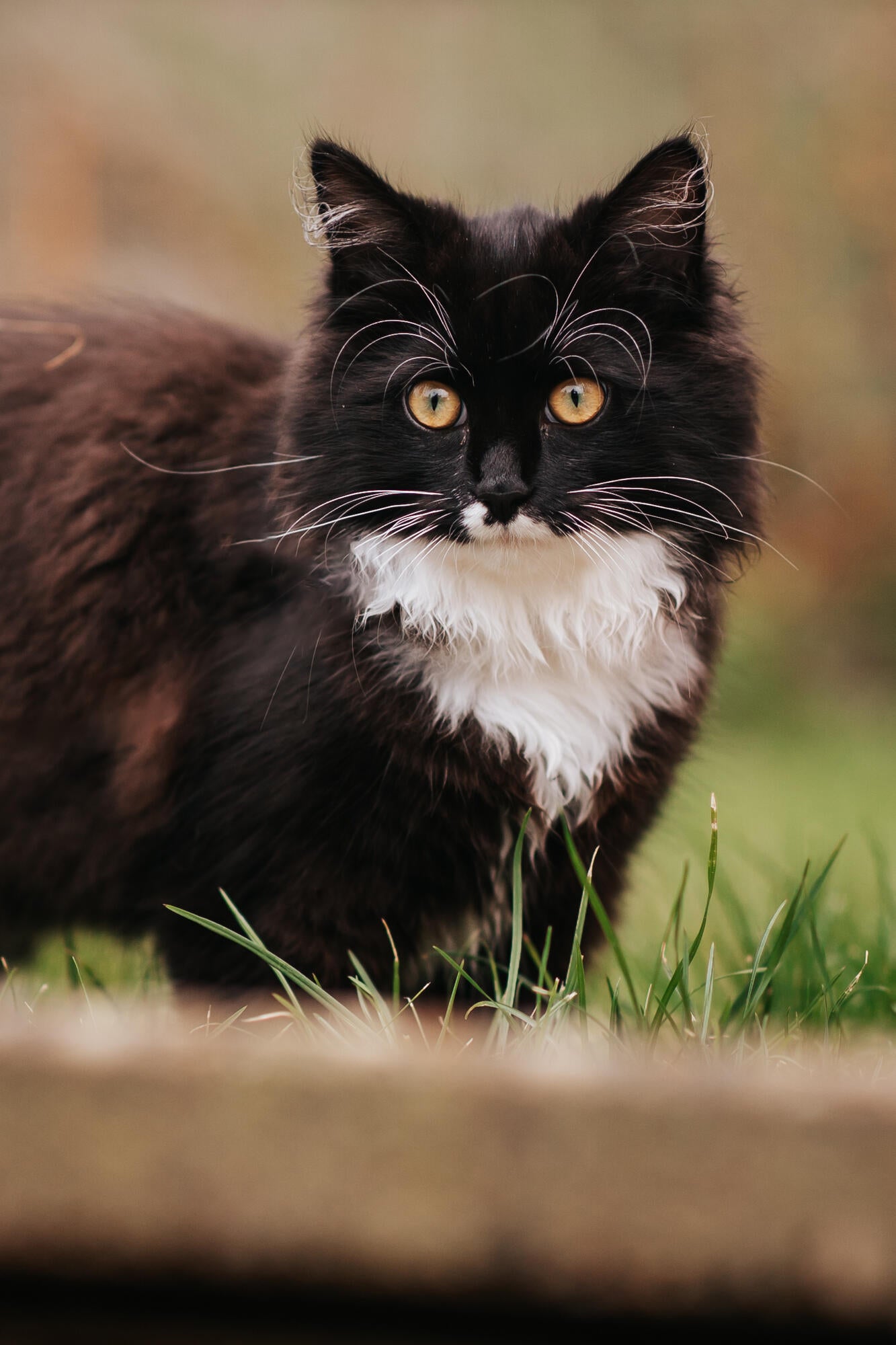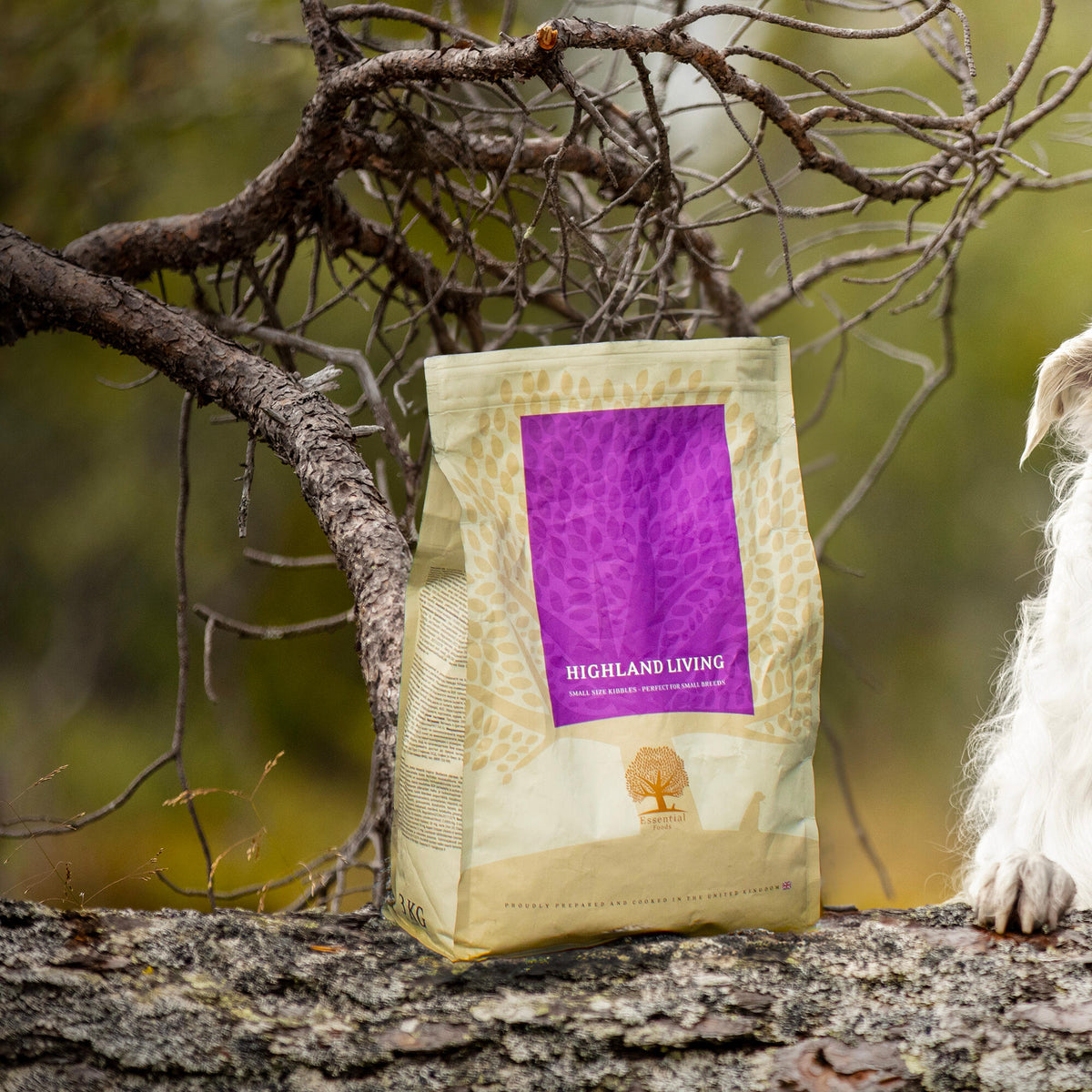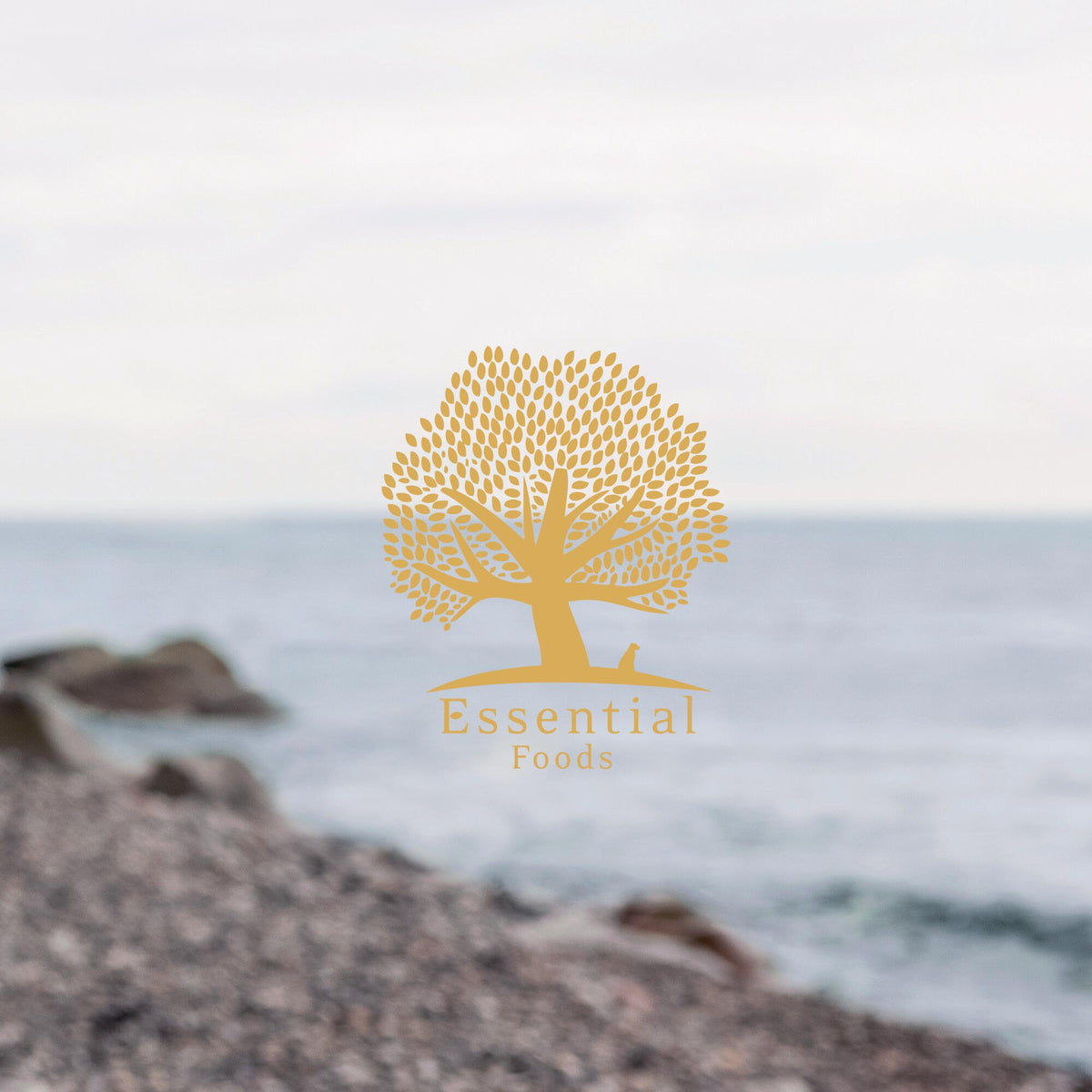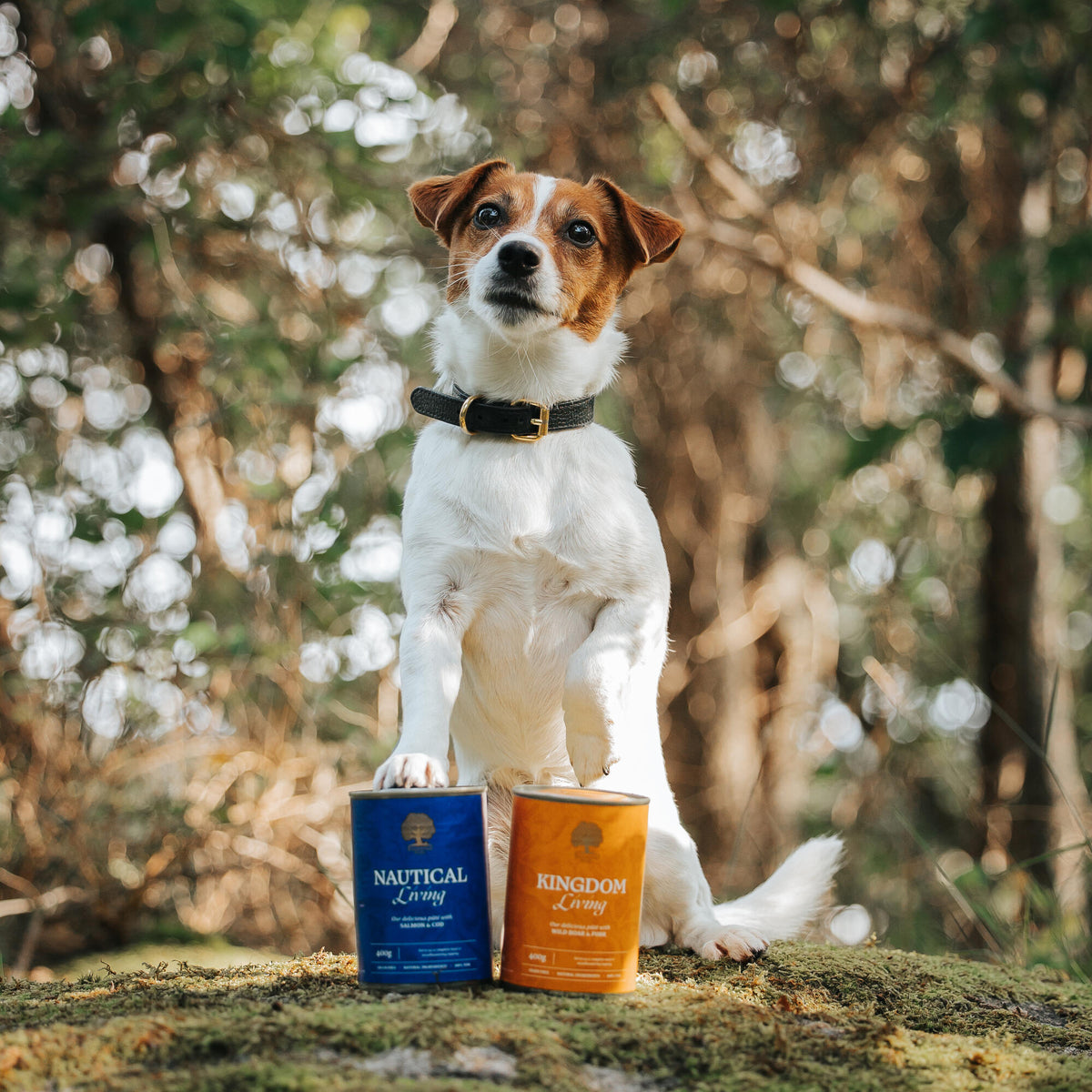Your Cart is Empty

Feeding your cat the right way is crucial for their overall health and well-being. But how often should a cat eat cat food? This is a common question among cat owners, and it’s important to get it right. Whether you’re feeding your cat in Ireland or anywhere else, understanding the best practices can help ensure your feline friend stays happy and healthy.
Understanding Your Cat’s Dietary Needs
Cats are obligate carnivores, which means their diet primarily consists of meat. They require a balanced diet rich in protein, fats, and certain carbohydrates. Ensuring your cat gets the right nutrients is key to their health.
Cats need a diet high in animal protein. Unlike dogs, they can’t derive necessary nutrients from plant sources efficiently. Essential amino acids like taurine, which are found in meat, are critical for their health.
Protein provides the building blocks for growth and repair. Fats are a concentrated source of energy and essential fatty acids, while carbohydrates, though not essential, can provide additional energy.
Cats often don’t drink enough water on their own, especially if they’re on a dry food diet. Wet food can help supplement their water intake.
Types of Cat Food
Pros:
Cons:
Pros:
Cons:
Pros:
Cons:
Feeding Frequency
How often should a cat eat cat food? It largely depends on their age, health, and lifestyle. However, there are some general guidelines you can follow.
Kittens have higher energy needs and should be fed small, frequent meals throughout the day.
Most adult cats do well on two meals a day. This helps maintain a healthy weight and keeps their energy levels stable.
Older cats may benefit from more frequent, smaller meals, especially if they have health issues that affect their digestion or metabolism.
Cats with certain health conditions, like diabetes or thyroid issues, may need specialized feeding schedules. Always consult your vet for personalized advice.
Best Practices for Feeding Cats
Consistency is key. Feed your cat at the same times every day to create a routine.
Use a measuring cup to ensure you’re feeding the right amount. Overfeeding can lead to obesity, while underfeeding can cause malnutrition.
Regularly weigh your cat and observe their body condition. Adjust their food intake based on their activity level and health.
Choosing the Best Cat Food
Look for cat food that lists a high-quality source of animal protein as the first ingredient. Avoid foods with too many fillers like corn or soy.
Understanding the labels can help you choose the best cat food. Look for named meat sources (like chicken or salmon) and avoid vague terms like “meat by-products.”
Some top brands available in Ireland include Essential foods .These brands offer a range of options to suit different needs and preferences.
Common Mistakes in Feeding Cats
It’s easy to overfeed cats, especially with free-feeding (leaving food out all day). Stick to measured portions to avoid weight gain.
Ensure your cat is getting enough food to meet their nutritional needs. If they’re losing weight or seem lethargic, consult your vet.
Avoid feeding your cat human food, especially items like onions, garlic, and chocolate, which can be toxic to cats.
Transitioning Between Different Cat Foods
Gradually mix the new food with the old food over 7-10 days. This helps prevent digestive upset.
Watch for symptoms like vomiting, diarrhea, or itchy skin. If you notice these signs, consult your vet.
Conclusion
Feeding your cat the right amount and type of food is crucial for their health. While the best frequency can vary based on age and health, two meals a day is a good general rule for adult cats. Choosing high-quality cat food, like those available in Ireland, can make a big difference, essential cat food is a good choice because your cat will love the high-meat content and palatability of the kibble.
FAQs
How often should I feed my kitten?
Can I mix wet and dry cat food?
What are the signs that my cat is overeating?
Is it okay to feed my cat only dry food?
How do I know if my cat’s food is high-quality?


